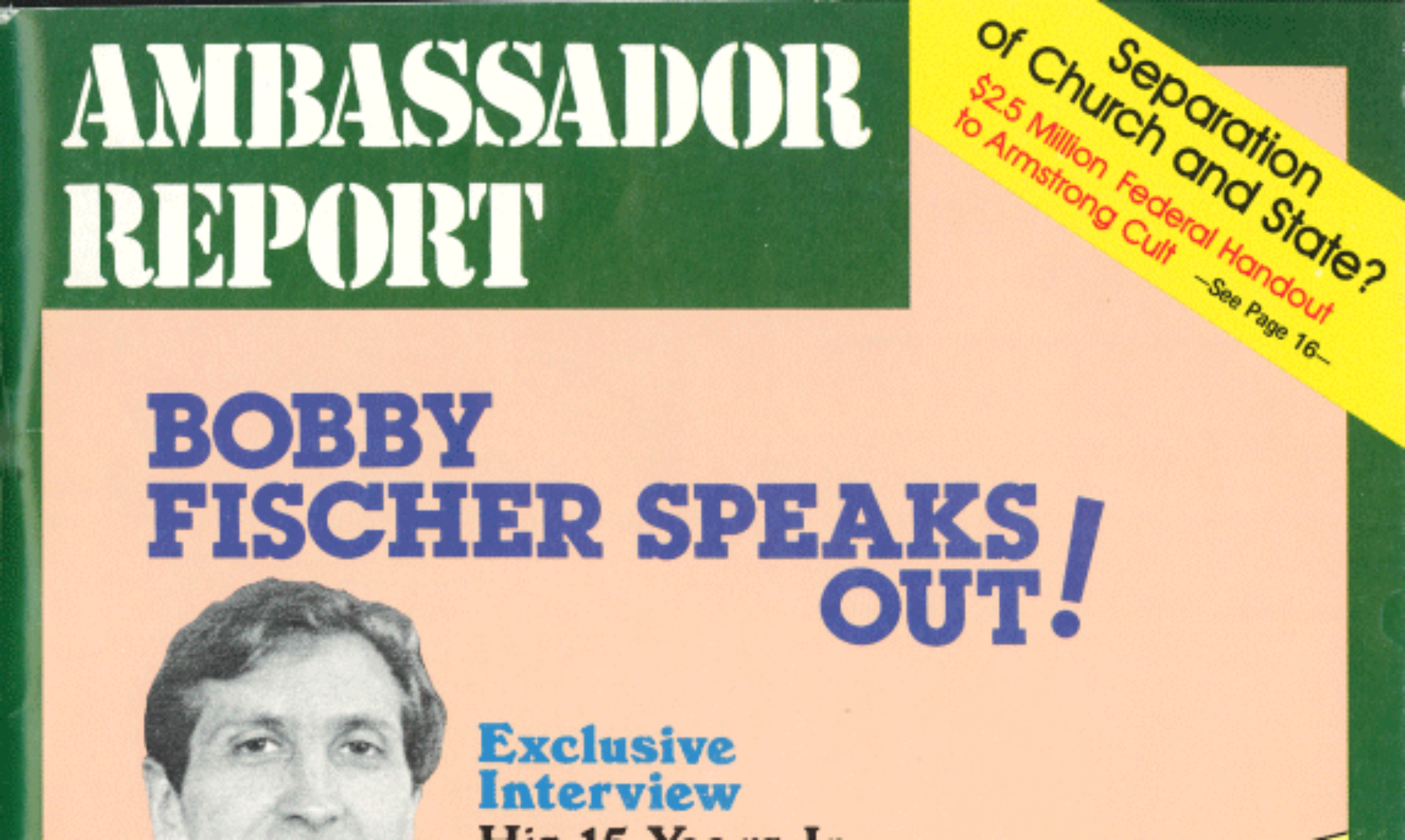Israeli archaeologists announced on Dec. 8, 1976, that they had completed their excavation at the southwest corner of the Temple Mount (Los Angeles Times, Dec. 9, 1976, part I, p. 16). The excavation was begun in Feb. 1968 by Hebrew University and the Israel Exploration Society, under the direction of Dr. Benyamin Mazar.
Ambassador College joined the dig in Dec. 1968, primarily due to the efforts of Drs. Ernest Martin and Herman Hoeh. Herbert W. Armstrong, in his typically modest fashion, proclaimed the dig “the most important archaeological excavation of our time” (co-worker letter, Dec. 10, 1968, p. 2) and committed over $100,000 per year to it.
Later in a Dec. 10, 1968, letter, Herbert W. Armstrong boasted that the excavation was “one of the most important scientific projects under way anywhere on earth today.” He stated that “it will mean great prestige and recognition of Ambassador College.” On page 3, Herbert W. Armstrong explained a new aspect of his commission:
… I did not realize until recently we were also commissioned to… clean up the filth and rubble in that area that was the original Jerusalem and City of David…. Why is that important? Because Christ has said he will yet choose Jerusalem…. His throne will be there…. Jesus is to sit on David’s throne! Where was David’s throne? It was on this very spot where we are now cleaning up and hauling off the rubble of century after century of accumulation! …So there is a physical preparing, as well as [a] spiritual, in preparing the way for Messiah’s coming! Further. God says we are to shout, with amplified power, to the cities of Judah the glad Message that the Messiah is soon coming. This [participation in the excavation] is leading to the opportunity to do this (Isaiah 40:1-11)” (Herbert W. Armstrong’s emphasis removed throughout).
Now that the excavations adjacent to the south and west sides of the Temple Mount have been terminated, it is obvious that the excavation didn’t accomplish what Herbert W. Armstrong claimed was one of its paramount objectives: cleaning the rubble off the site of David’s throne. However, nowhere does the Bible say any such preposterous thing had to occur before Christ could return, though it does refer to a great earthquake striking the city before his return. The excavation was not located at the site of David’s throne anyway, as Dr. Martin and Professor Mazar repeatedly told Herbert W. Armstrong. The site of David’s throne is 200 yards south of the dig area.
Also, Herbert W. Armstrong had hoped his financing of the excavation coupled with his political contacts in Israel would buy him favor with the Israeli government who could grant him air time over Radio Jerusalem to preach his gospel to the Jews. But this dream never materialized either.
Thus after 8 years and over $1,500,000 spent on the excavation and the Ambassador College students who took part in it, another of Herbert W. Armstrong’s grandiose projects has failed to yield the stupendous results he predicted.
